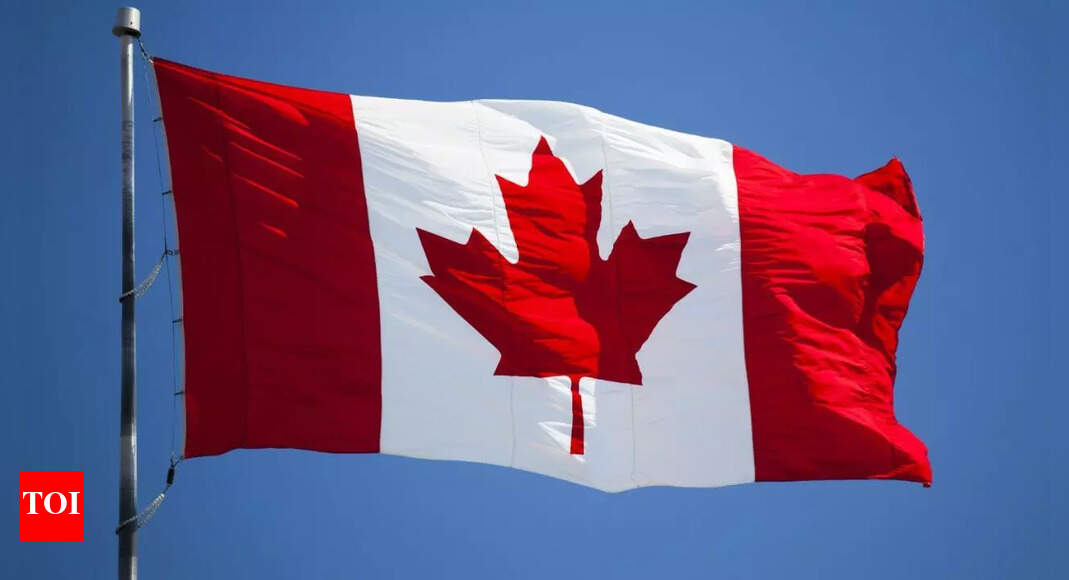A planned visit by Usha Vance, the Second Lady of the United States, to Greenland has been met with resistance. Despite U.S. officials’ efforts to engage local residents, they found no takers for the visit, underscoring the growing unease about U.S. involvement in the region.
U.S. Officials Struggle to Gain Local Support
According to The Independent, U.S. officials traveled around Greenland’s capital, Nuuk, trying to find locals willing to meet with Usha Vance. However, their search ended with little success. One prominent local company, Tupilak Travel, initially agreed to host the Second Lady but reversed its decision.
The company announced its withdrawal from the visit on Facebook, stating, “After closer consideration, however, we have now informed the consulate that we do not want her visit, as we cannot accept the underlying agenda and will not be part of the press show that, quite, of course, comes with it.” The company emphasized that “Greenland belongs to the Greenlanders.”
Danish Authorities Join the Criticism
The resistance to the visit extends beyond Greenland. Denmark’s Prime Minister Mette Frederiksen has been outspoken about her disapproval. She accused the United States of exerting “unacceptable pressure” on Greenland and Denmark.
“You cannot make a private visit with official representatives from another country when the acting Greenlandic government has made it very clear that they do not want a visit at this time,” Frederiksen said.
She also noted that the visit was “clearly not a visit that is about what Greenland needs or wants.” Frederiksen pointed to the larger political context, stating, “President Trump is serious. He wants Greenland. Therefore, [this visit] cannot be seen independently of anything else.”
Greenland’s Geopolitical Importance to the U.S.
The rejection of the visit highlights the complex geopolitical dynamics at play in the Arctic. Greenland’s strategic position is becoming increasingly important, as climate change opens up new shipping routes in the region.
These new routes, according to the U.S. Naval Institute, are approximately 40% shorter than traditional shipping paths through the Suez or Panama Canals, making them highly valuable for global trade.
In addition to its potential as a trade corridor, Greenland holds significant resources. The U.S. sees the island as a critical location for securing Arctic shipping routes. Greenland is rich in rare earth minerals, which are essential for the production of smartphones, batteries, and other technologies.
The island also has untapped energy resources, with the U.S. Geological Survey estimating that the Arctic region holds 13% of undiscovered oil resources and 30% of undiscovered natural gas, mostly offshore.
Trump’s Ongoing Interest in Greenland
The controversy surrounding the visit comes amid President Donald Trump‘s long-standing interest in Greenland. Trump has repeatedly expressed his desire to purchase the island, even suggesting potential military action to acquire it.
He has also highlighted the strategic importance of Greenland for U.S. “military security,” viewing it as a crucial location in the Arctic region.
Trump’s interest in Greenland ties into broader U.S. ambitions in the Arctic. The potential military and economic benefits of controlling the island are significant.
Along with securing Arctic trade routes, Greenland is seen as a valuable location for its energy resources, including rare earth minerals and fossil fuels.




